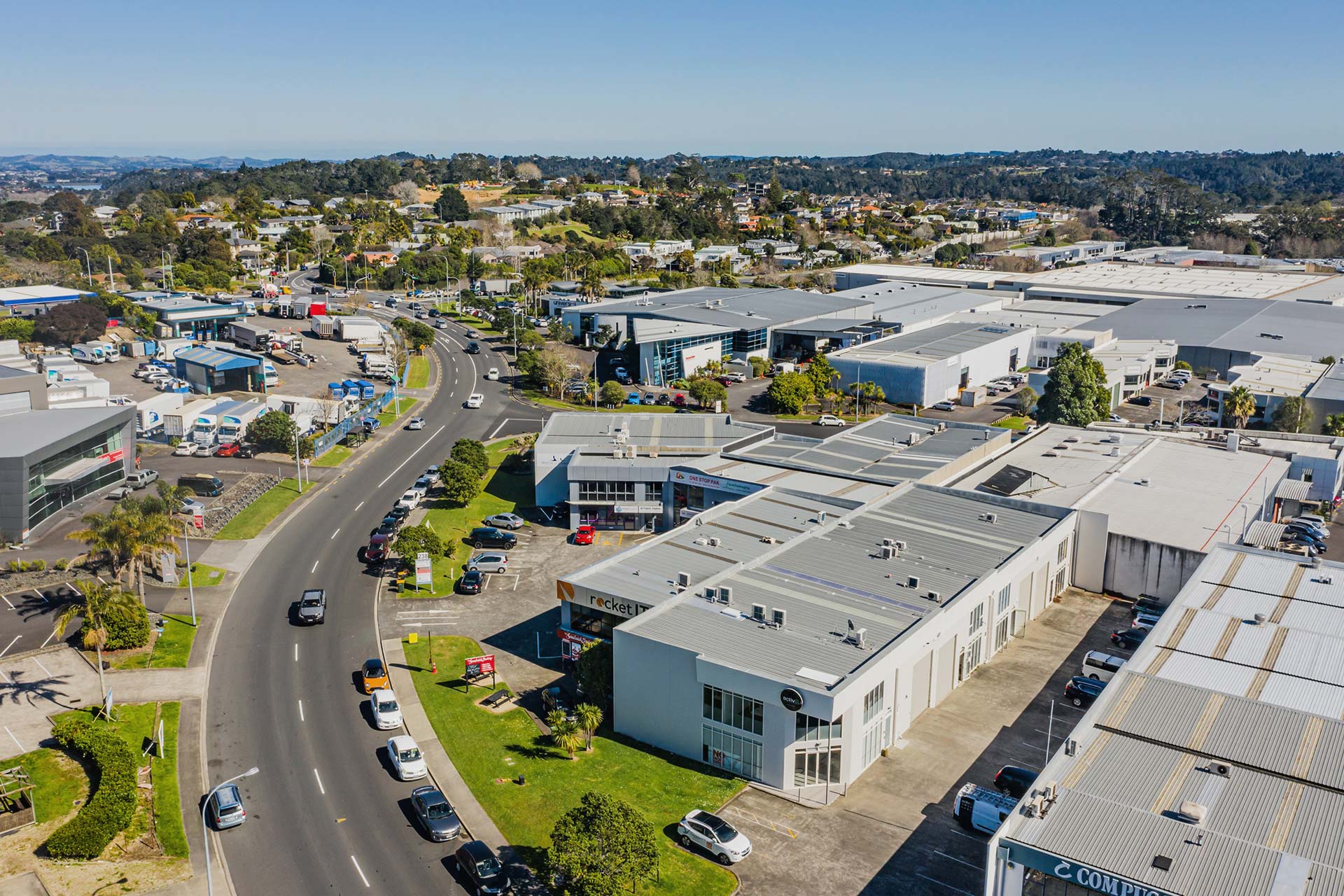Leasing can be daunting for inexperienced commercial landlords. If you are a commercial landlord needing legal assistance on commercial leasing issues, we have the experience and expertise to help. Below are key points commercial landlords should include in their property management checklist to ensure they secure and retain good commercial tenants, protect the value of their investments and maximise their returns.
Further Reading:
Failed to give timely notice? Under the Property Law Act 2007, you can apply for relief from forfeiture when your commercial landlord refuses to grant a right of renewal.
Legal advice is crucial for commercial landlords in rent reviews to ensure they comply with laws and contracts, prevent disputes, and safeguard their financial interests.
Essential Tips for Landlords
Commercial landlords should not lease their premises before satisfying themselves that the tenant has the experience and resources to carry on its intended business and meet the tenant obligations under the lease. We would encourage commercial landlords to carry out adequate due diligence on their potential tenants including to see information on recent trading history, their financial accounts and any other information that might be relevant in establishing their credentials.
If the commercial tenant is a company, ask for personal or parent guarantees from the directors and/or shareholders and in doing so, request appropriate due diligence information from them too.
Alternatively, ask the tenant to provide a bank guarantee or cash bond to secure the tenant’s lease obligations and include provisions in the lease to top up the bank guarantee or cash bond if they are called upon, or when the rent is reviewed.
The personal or parent guarantee, bank guarantee or cash bond should remain in place for the term of the lease (including any renewed terms).
If you are requested to release them on a lease assignment, you are not bound to agree, but could consider doing so if you receive equivalent or better security from the incoming tenant.
To avoid disputes later concerning use, maintenance and other leasing issues, commercial landlords should ensure their commercial leases describe the premises, common property (including accessways) and carparks accurately, whether by words or a combination of words and plans.
Usually, a longer lease term is favoured.
However, there may be circumstances where commercial landlords may want shorter leases, or at least have the ability to terminate leases early – either to allow for future redevelopment, or to give them flexibility to relocate tenants in a multi-tenanted property. If such flexibility is required, commercial landlords should consider including:
- a redevelopment clause – which allows for early termination by the landlord with adequate notice, and/or
- relocation rights – which allows the landlord to require a tenant to surrender its lease early and enter into a new lease in a different tenancy within the same development.
Remember that renewals are rights exercisable by commercial tenants only (not commercial landlords).
To effectively exercise a renewal, a commercial tenant must give the written notice required by the renewal provision in the lease to its landlord. The ADLS deed of lease (for example) requires the commercial tenant to give a minimum of 3 months notice to its landlord if the tenant wishes to exercise its right of renewal. If a commercial tenant fails to give notice on time, a commercial landlord can refuse to grant the renewal. However, a tenant’s failure to give timely notice to renew is not always fatal as they could seek relief from the court under the Property Law Act 2007.
There are a range of rent review options including market rent reviews, fixed or stepped rent increases, CPI rent reviews and combinations of these options.
As rent reviewed using fixed or stepped increases and/or CPI reviews can get out of step with market rent, most commercial leases adopt a combination of periodic fixed or CPI rent reviews with less frequent market rent reviews. Depending on the length of the initial term and any lease renewals, market reviews generally occur at the mid-point of the initial term and then on each renewal.
Selecting the right rent review options is a balancing act. Given the various rent review options available, commercial landlords in each situation should determine what rent review options (and the frequency of those reviews) would strike the best balance between ensuring rental growth (particularly if there are funding costs to pay on the landlords’ side), the convenience (and cost) of carrying out each rent review, and the increases their commercial tenants can bear during the tenure of the lease.
Commercial landlords should diligently diarise rent review dates and exercise rent reviews in a timely manner so they don’t miss out on rent increases from the relevant review dates. They should also ensure they follow the correct process for the type of rent review they are carrying out (having regard to the process as documented in their commercial leases) and record the reviewed rent in a deed recording rent review once the new rent has been agreed or determined. They should also remember to update your perpetual tax invoices to include the new rent amount.
When you have agreed your key dates in your leases, double check that the dates and periods inserted in your leasing documentation are correct. The most common mistakes include:
- Inserting the incorrect renewal dates and/or final expiry date when the commencement date falls on 1 January.
- Inserting renewal dates which fall on the last day of the prior term rather than the date being on the first day of the relevant renewal period.
- Not making consequential updates to all dates in the lease (including rent review dates) when the commencement date is changed.
Commercial Landlords should arrange adequate building, public liability and loss of rents insurance and ensure that the excess payable under their insurance policies aligns with the excess recoverable from the tenant – otherwise, the landlord may be liable for the shortfall. (The ADLS lease caps the excess to $2,000 unless amended).
We also recommend that the lease requires the tenant to insure its fixtures, fittings, chattels and stock and maintain a minimum level of public liability and business interruption cover.
Commercial landlords should agree and record the Tenant’s intended business use in the lease with as much specificity as possible. This is the most effective and simplest way for commercial landlords to control how the premises can be used by their commercial tenants and permitted assignees and sublessees. This tip is particularly important if the premises only permit certain uses and/or you own multiple tenancies and wish to have the right tenant mix.
Whilst commercial landlords do not typically warrant to commercial tenants that the premises are suitable for any particular purpose or the agreed business use (that is for your commercial tenant to check and satisfy itself), commercial landlords should ensure that in permitting the agreed business use, they would not be in breach of any duties, obligations or conditions imposed under the Building Act 2004, the applicable district plan or any land use consent issued, the provisions of the Resource Management Act 1991 or the Health and Safety at Work Act 2015 (or any regulations promulgated under those Acts).
If your new lease will involve extensive landlord’s works and tenant fitout works, ensure that the agreement to lease adequately addresses the process of design, consenting funding, construction, insurance, commissioning and handover so that the parties understand their respective rights and obligations, the timeframes and the consequences if there are delays. What you agree in the agreement to lease will need to align with your consultancy engagements and construction contracts. The lease should also record who owns what, the state of the premises on handover and when alterations and/or additions are made. These records will be important when it comes to reinstatement and make good at lease end.
Be proactive when it comes to maintenance.
Commercial leases generally require the commercial tenant to maintain the interior of the premises and the landlord’s fixtures and fittings (subject to fair wear and tear) with the commercial landlord being responsible for the maintenance of the exterior, structural elements, building services and common property.
Most commercial leases are net leases so maintenance costs of a non-capital nature can be recharged to the commercial tenant as outgoings.
Proactive commercial landlords conduct regular inspections, put in place service maintenance contracts and periodic maintenance programmes, and ensure the tenant is carrying out its maintenance obligations when required. Proactive landlords also address maintenance issues notified by the tenant promptly.
Regular maintenance will ensure higher commercial tenant satisfaction, keep overall maintenance costs lower and defer capital expenditure. It will also be increasingly important given the commercial landlord’s duties as a PCBU under the Health and Safety at Work Act 2015.
Defaulting commercial tenants often take advantage of the good grace of their commercial landlords so be fair but firm and keep a short account when the commercial tenant is not performing.
The Property Law Act 2007 codifies the process for commercial landlords wanting to cancel leases due to a tenant default. Get legal advice if you are not sure what you can and cannot do.
Document well and ensure you have a deed of lease, and not just an agreement to lease.
Agreements to lease should always be followed by a finalised deed of lease which is signed by all parties, including the guarantors (if applicable). As a minimum, include a schedule of landlord’s fixtures and fittings and a premises condition report showing the state of the premises at the commencement or handover date. If you are leasing part of a property, include a plan showing clearly the exclusively leased areas and common areas.
Don’t simply rely on an agreement to lease – it often lacks the details that will be important in determining issues that will arise during the term, on rent reviews and renewals, and when the lease ends.
Finally, ensure that all variations, renewals, rent reviews and assignments are properly documented. Comprehensive lease documents will assist commercial landlords to manage the landlord and tenant relationship and will be important when selling the property or seeking finance.
Summary
Seek advice early – Once an agreement to lease is signed it is legally binding. Minimise issues arising from your leasing transactions by seeking advice early, documenting well and proactively managing and maintaining your properties.




